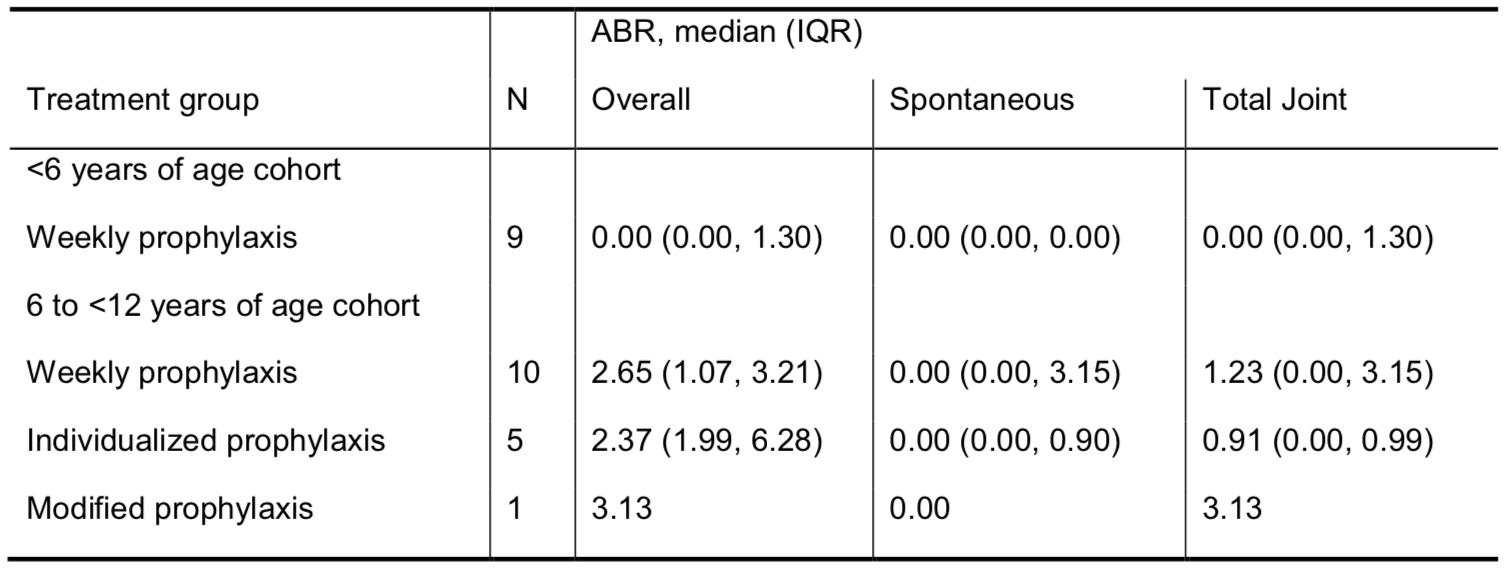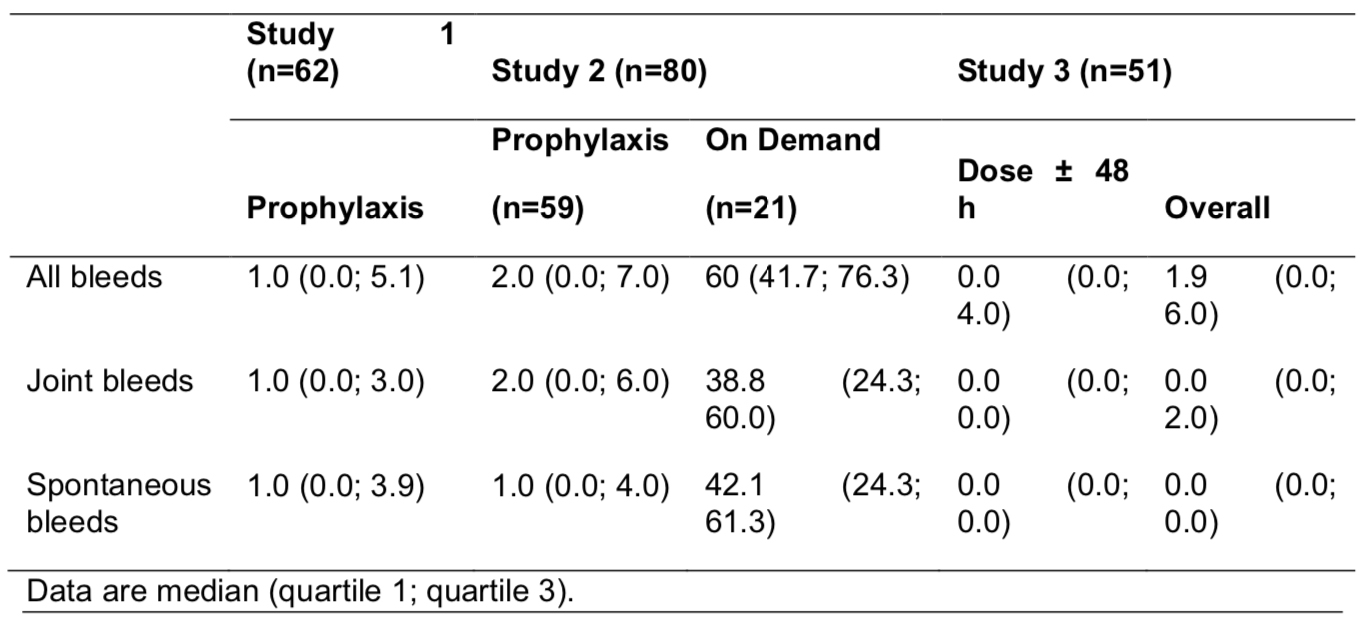Intervention of Mexicans children and teenagers with hemophilia for their social integration
Hemophilia is a rare bleeding disorder in which the blood doesn't clot normally. (National Heart, Lung, and Blood Institute, 2013). It mostly affects males.(Raabe, 2008).
For parents hearing that their new baby has hemophilia can be stressful and worrying. Babies do not realize what is happening around therefore parents often tend to be overprotective. As the boys grow up, they are capable of seeing the cause and effect of situations on their own and they realize that they cannot do the same things like their friends. When the adolescence come, teenagers worry about what society thinks, so having hemophilia may make them feel different. (Hemophilia Federation of America, 2015). Hemophilia is not an illness, it ́s just a “life style” which people have to live with.
Within psychological intervention is important to address the emotional aspect of patients and family ́s support patient handling of his illness, personal life and surroundings.
Objective:
Describe intervention strategies in the summer camp “Ceiba” of “Tabasqueña de Hemofilia A.C.” in order to promote the social integration in patients with hemophilia.
Materials:
Intervention programs carried out in the camp were used to realize an analysis of the strategies, which were provided by "Tabasqueña de Hemofilia A.C."
During the last eight years, eight camps were realized, the average of assistants every year was 80, 60 patients (between 6 and 24 years old) and 20 additional people in medical field. The objective of the camps is to learn, enjoy, bring all their everyday life experiences and have a better quality of life. (Tabasqueña de Hemofilia, 2007).
The interventions were directed to: accept and make awareness of patient ́s life ́style, learn about hemophilia, live in cooperation, socialize and integrate, improve communication, express himself, team work, experience the freedom, become independent, self-esteem and have a better quality of life.
Each intervention was related to a specific activity; 3 workshops (Psychologist, hematology and nursing), parents and relatives letters, hydrokinesitherapy, talent show, treasure hunt and visits to entertainment and cultural places.
Camps have a great significant learning in their lives and teach children and teenagers valuable life skills through education, activities and games; socialization is achieved, independence, and sense of individual responsibility and group.
Having this camps around the world and taking this interventions will be excellent, because its an interactive way to achieve self- realization and learn to live with the disease, knowing others with the same "life ́s style".






